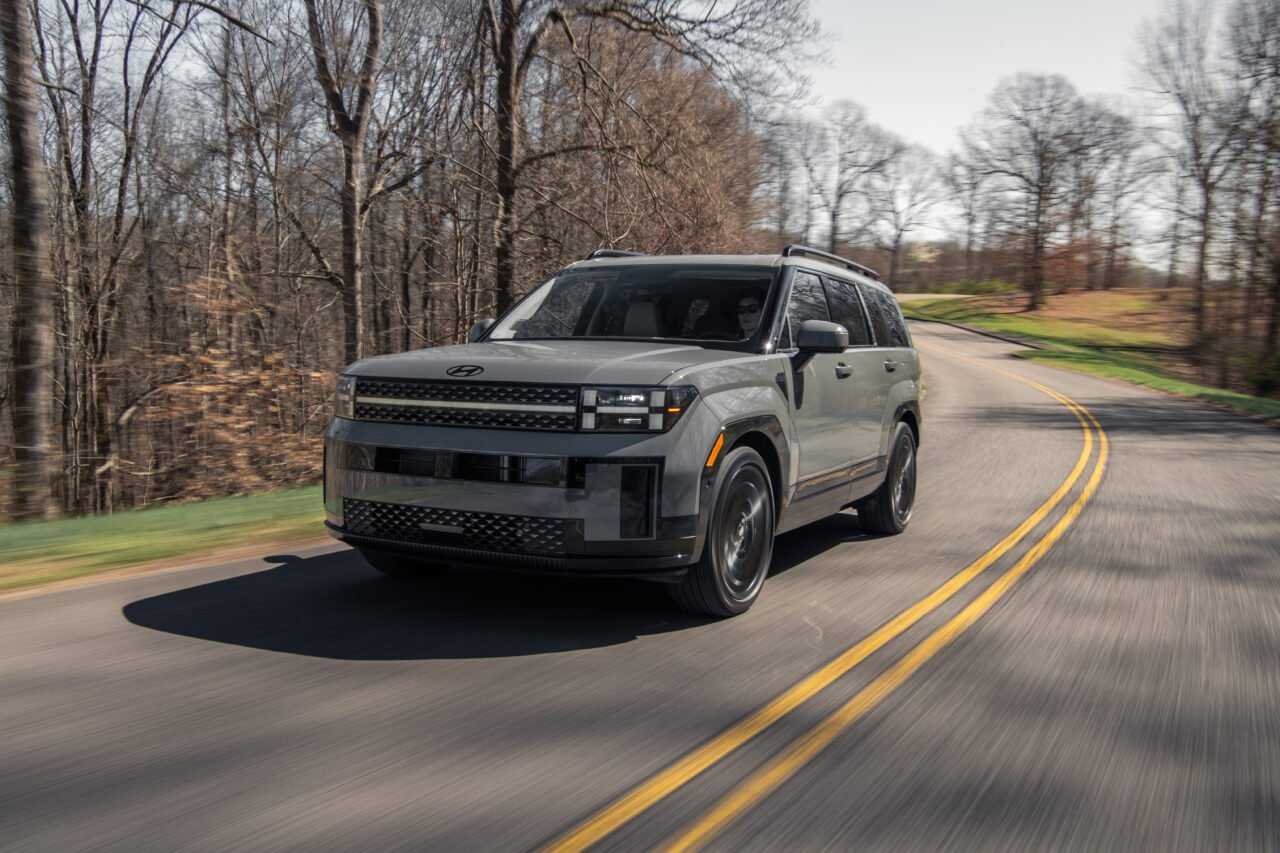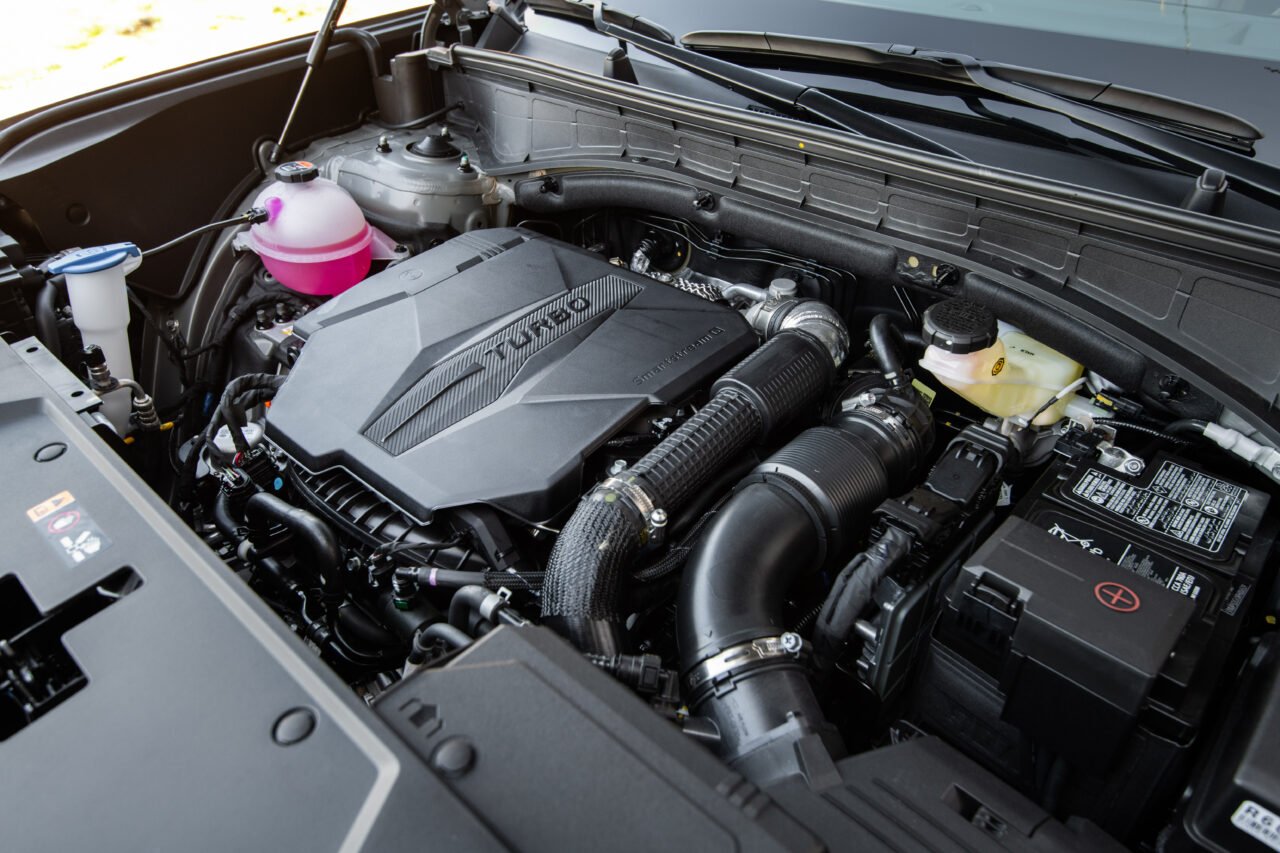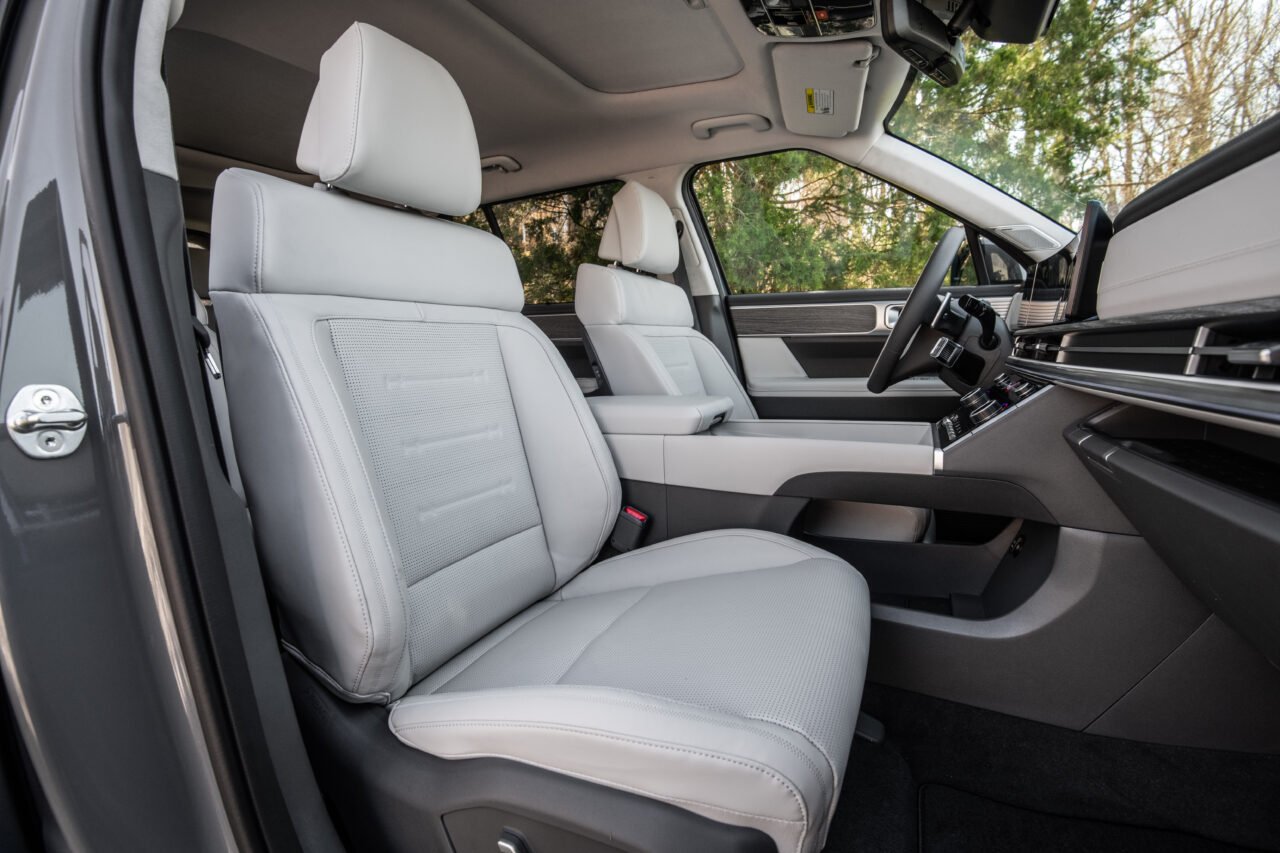8 Hidden Drawbacks of the Hyundai Santa Fe (And Why People Buy It Anyway)

When it comes to midsize SUVs, the Hyundai Santa Fe often shows up on buyer shortlists—especially for folks looking for a practical family hauler without the premium price tag.
And on paper, it checks a lot of boxes: roomy interior, solid safety ratings, and a feature-loaded trim lineup. But dig a little deeper and you’ll find that the Santa Fe isn’t universally loved. In fact, it gets its fair share of lukewarm to negative reviews.
As someone who spends a lot of time behind the wheel of new cars and sifting through long-term owner feedback, I wanted to unpack why the Santa Fe doesn’t always deliver on expectations.
If you’re on the fence about buying one, this breakdown should give you a clearer picture of whether it’s the right SUV for your lifestyle—or whether you’re better off looking elsewhere.
1. Underwhelming Powertrains, Especially the Base Engine
Let’s start with what’s under the hood. One of the most common complaints about the Hyundai Santa Fe—particularly models from recent years like the 2021 to 2023 versions—is the lackluster performance of the base 2.5-liter naturally aspirated engine.
Producing 191 horsepower and 181 lb-ft of torque, it’s… fine, but “fine” doesn’t really cut it in a segment full of punchier rivals.
According to Car and Driver, the Santa Fe’s base engine feels sluggish, especially when merging onto the highway or carrying a full load of passengers and cargo.
While there’s an available 2.5-liter turbocharged option offering 277 horsepower and significantly better torque (311 lb-ft), it’s locked behind higher trims and a price bump that pushes the Santa Fe out of budget-conscious territory.

🔔 Be The Smartest Automotive Enthusiast In Your Friend Group!
Twice per week you will get the latest automotive news making you the smartest and most informed automotive enthusiast in just 5 minutes.
Join 3.000+ Subscribers to Four Wheel Trends, FREE!
2. Ride Quality That Can Be a Mixed Bag
Ride comfort is subjective, but enough reviewers and owners have raised concerns to make this worth flagging. While the Santa Fe generally offers a quiet cabin and absorbs most road imperfections, it’s not always composed—especially on rougher roads.
The suspension tends to get jittery over uneven pavement, and some test drivers, like those at Edmunds, have noted excessive body motion when cornering.
This can be a letdown for drivers expecting a more composed or premium-like experience, especially when competing vehicles like the Honda CR-V or Toyota RAV4 feel more planted and refined at similar price points.
3. Inconsistent Transmission Performance
One issue that comes up repeatedly in owner forums and long-term tests is the Santa Fe’s transmission behavior. The 8-speed dual-clutch automatic that comes with the turbocharged engine (used in the 2021–2023 models) has a tendency to feel hesitant or clunky, particularly in stop-and-go traffic.
Drivers have reported that it can be slow to engage from a stop or jerk during low-speed maneuvers, which isn’t something you want in daily commuting or city driving.
Hyundai has addressed some of these concerns with software updates, but the issue hasn’t been completely ironed out—and it’s a stark contrast to the smooth-shifting transmissions in rivals like the Mazda CX-5 or Subaru Outback.
4. Fuel Economy That’s Just Average
Fuel efficiency plays a big role for SUV shoppers, especially as gas prices continue their rollercoaster ride. Unfortunately, the Santa Fe doesn’t exactly shine in this category.
According to EPA ratings, the base model gets an estimated 25 mpg combined, which is okay—but not impressive.
Compare that to a Toyota RAV4 Hybrid, which pulls in 40 mpg combined, or even a Honda CR-V hybrid at 38 mpg, and the Santa Fe starts to feel a little behind the curve.
Yes, Hyundai does offer hybrid and plug-in hybrid (PHEV) variants of the Santa Fe, but those trims can be hard to find depending on your region and are typically priced higher.
5. Interior Quality That’s a Bit Hit or Miss

Hyundai’s been making big moves in the design department, and the Santa Fe certainly looks modern and upscale—especially at a glance.
Step inside and you’ll find a clean layout, a large center touchscreen, and plenty of thoughtful storage. But when you really start poking around, you’ll notice the materials can be inconsistent.
As U.S. News & World Report pointed out, while upper trims are fairly plush, base and mid-tier models still use a lot of hard plastics, particularly on door panels and lower dash areas. This wouldn’t be a huge deal if the competition wasn’t raising the bar.
Vehicles like the Kia Sorento (its corporate cousin) and the Nissan Murano offer more refined cabin materials at similar price points.
6. Tech That’s Occasionally Overcomplicated
The Santa Fe comes with a good helping of tech—even the base model includes an 8-inch touchscreen, wireless Apple CarPlay and Android Auto, and a decent list of safety features. But ironically, the tech is where some of the most common usability issues pop up.
For starters, the optional 10.25-inch touchscreen doesn’t support wireless Apple CarPlay or Android Auto, which is baffling. Also, the button-heavy center console layout can feel overwhelming, especially to drivers who prefer a simpler, more intuitive interface.
As Consumer Reports noted in their 2022 review, the infotainment system takes some getting used to, and some features are buried in menus that aren’t exactly user-friendly.
7. Depreciation That’s Steeper Than Some Competitors
Hyundai has made big strides in brand perception over the last decade, but resale value is still a weak spot. According to data from iSeeCars, Hyundai vehicles tend to depreciate faster than counterparts from Honda and Toyota. The Santa Fe is no exception.
This matters if you’re planning to trade in or resell within a few years. While it’s true that Hyundai’s lower starting price helps offset some of the depreciation hit, buyers who prioritize long-term value might want to weigh this carefully.
8. Limited Third-Row Option (or Lack Thereof)
This won’t be a dealbreaker for everyone, but if you’re shopping for a family vehicle and need occasional third-row seating, the Santa Fe doesn’t offer it.
You’d have to step up to the Hyundai Palisade—or look at competitors like the Kia Sorento, which does offer a compact third row in a similarly sized footprint.
The Santa Fe is a two-row-only SUV, and while it’s roomy for passengers and cargo, it simply isn’t designed for larger families or carpool duty. That makes it slightly less versatile than other midsize crossovers in its price range.
Final Thoughts: Is the Hyundai Santa Fe Still Worth a Look?
To be clear, the Santa Fe isn’t a bad vehicle. It’s safe, spacious, well-equipped, and backed by one of the best warranties in the business. And for certain buyers—especially those looking for comfort, safety tech, and value—it might still be a great fit.
But the reality is that the midsize SUV segment is hyper-competitive. Rivals like the Honda CR-V, Toyota RAV4, Subaru Outback, and Mazda CX-5 are pushing the envelope on powertrains, tech, and refinement. In that context, the Santa Fe can feel like it’s playing catch-up in key areas.
If you’re considering the Santa Fe, test drive both the base and turbo models. Spend time with the infotainment system. Pay attention to the ride comfort over different road surfaces. And if long-term value matters to you, keep depreciation in mind.
In other words, go in with eyes wide open. The Santa Fe may not be perfect—but depending on your priorities, it might still be perfectly fine.
